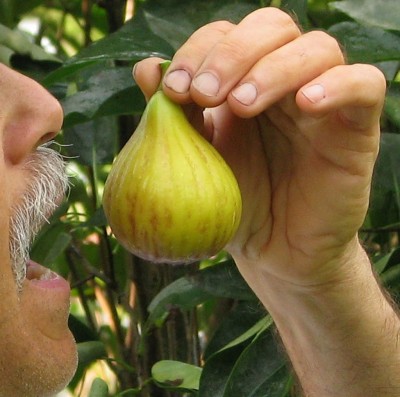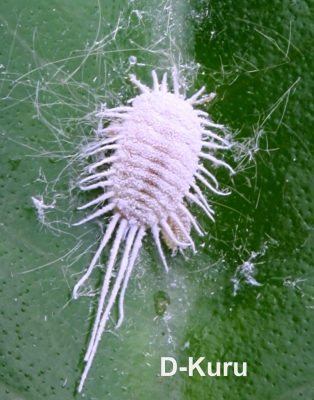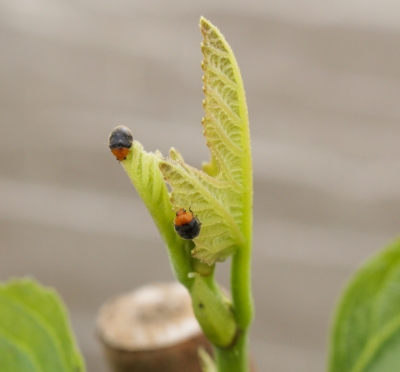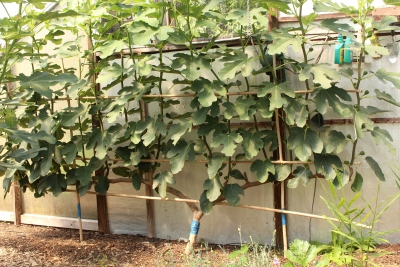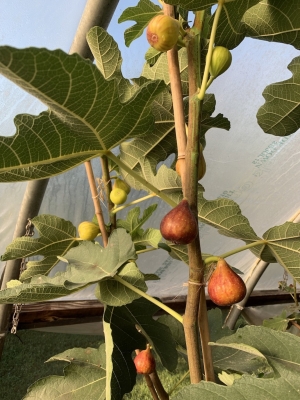WINTER READINESS
For anyone who missed my recent 90 minute webinar on GOURMET COMPOST, the webinar has been recorded and is available for $35 on-demand from Oct. 1st, 2020 until Oct. 8th for $35. The webinar covers options for compost bins, feeding your compost “pets, monitoring progress, what can go wrong and how to right it, when is compost “finished,” and making the best use of your compost. Click below to pay almost by any of a number of ways. Thank you.

